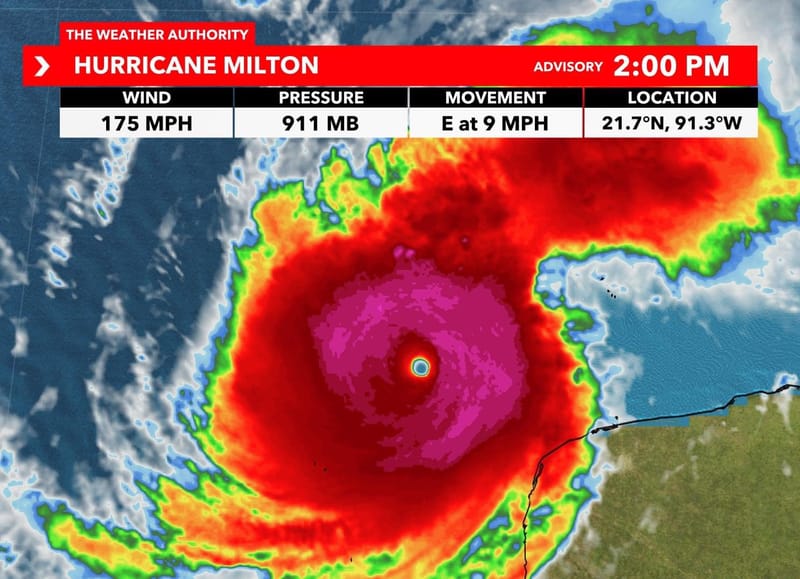Unveiling the Truth Behind Weather Manipulation: Why More People Are Believing in this Phenomenon
In recent years, a growing number of individuals have begun to express concerns and beliefs regarding weather manipulation, suggesting that there may be more to this controversial topic than previously acknowledged. This surge in belief is not merely rooted in conspiracy theories but rather supported by compelling evidence and emerging
In recent years, a growing number of individuals have begun to express concerns and beliefs regarding weather manipulation, suggesting that there may be more to this controversial topic than previously acknowledged. This surge in belief is not merely rooted in conspiracy theories but rather supported by compelling evidence and emerging revelations that shed light on the potential reality of weather manipulation.
One of the key reasons fueling the increasing belief in weather manipulation is the technological advancements that have made such capabilities more plausible than ever before. With the progression of science and technology, particularly in the fields of geoengineering and atmospheric sciences, experts have developed methods and tools that could potentially alter weather patterns. From cloud seeding to ionosphere manipulation, these techniques are no longer confined to the realm of science fiction but are becoming tangible possibilities.
Moreover, the occurrence of extreme weather events, such as hurricanes, droughts, and wildfires, has further fueled suspicions surrounding weather manipulation. As these events become more frequent and severe, many individuals find it difficult to attribute them solely to natural causes, prompting them to explore the possibility of external influence on the climate.
Furthermore, whistleblowers and former government insiders have come forward with startling revelations about clandestine weather modification programs that have been conducted in the past. These disclosures have provided a glimpse into the secretive world of weather control and raised questions about the extent to which governments and organizations may be engaging in such activities without public knowledge.
Additionally, the lack of transparency and regulation in the field of geoengineering has contributed to the skepticism and growing belief in weather manipulation. The absence of clear guidelines and oversight mechanisms has created a breeding ground for speculation and distrust, leading many to question the true motives behind weather-related experiments and projects.
As the discourse around weather manipulation continues to evolve, it is essential to approach this topic with a critical yet open-minded perspective. While skepticism is healthy, dismissing the possibility of weather manipulation outright may hinder our understanding of the complexities of our changing climate. By engaging in informed discussions, conducting thorough research, and demanding transparency from relevant authorities, we can navigate the intricate landscape of weather manipulation with greater clarity and discernment.



